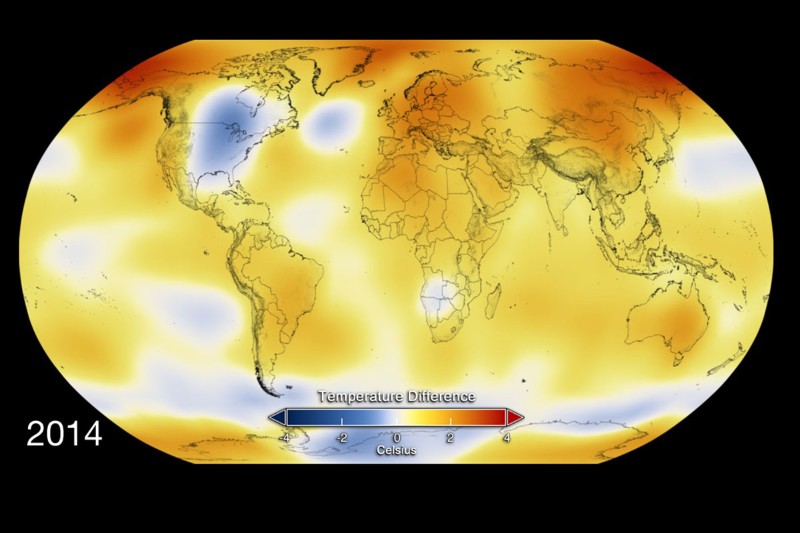-
Tips for becoming a good boxer - November 6, 2020
-
7 expert tips for making your hens night a memorable one - November 6, 2020
-
5 reasons to host your Christmas party on a cruise boat - November 6, 2020
-
What to do when you’re charged with a crime - November 6, 2020
-
Should you get one or multiple dogs? Here’s all you need to know - November 3, 2020
-
A Guide: How to Build Your Very Own Magic Mirror - February 14, 2019
-
Our Top Inspirational Baseball Stars - November 24, 2018
-
Five Tech Tools That Will Help You Turn Your Blog into a Business - November 24, 2018
-
How to Indulge on Vacation without Expanding Your Waist - November 9, 2018
-
5 Strategies for Businesses to Appeal to Today’s Increasingly Mobile-Crazed Customers - November 9, 2018
Sea Level Rise From Antarctic Collapse May Be Slower Than Suggested
Many studies reveal how melting ice that includes glaciers and ice sheets in Antarctica can cause unprecedented rising sea levels however, a few scientists still believe that this melting may not lead to any disastrous and deadly events in the near future or are not “realistic”.
Advertisement
As per experts, the warming temperature across the world is expected to make the vast kilometers-thick ice sheet grow unstable.
Tamsin Edwards, co-author of the study and researcher with the Open University, in the United Kingdom, explained that other scientists performed various simulations but they failed to compare their predictions with today’s reality and re-weigh those predictions based on new data. The first prediction is the most likely outcome and second one is the upper limit, that is, the worst case threat.
As per the study, the most-likely outcome is a sea-level rise of about 10cm.it is very much similar to the outcome suggested by the Intergovernmental Panel on Climate Change (IPCC). Scientists said that the scenarios who claim that we are heading toward a 20-inch or even 40 inch sea-level rise by 2100 “aren’t plausible”.
Climate forecasts are inherently uncertain, due to the large numbers of variables involved.
The scientists arrived at this new conclusion by running a computer model – based on ice-sheet loss data from west Antarctica, and projecting its structure up to and including the year 2200 – upwards of 3,000 times. She added, no other studies have tried the same so far.
A new study models how the South Pole will react if greenhouse emissions rise at a medium to a high rate.
“People have done multiple simulations before, but what they haven’t then done is see how well they compare with the present day, and put that into re-weighting the predictions”, Edwards clarified. “[It depends] on ocean circulation, on the gravity of ice sheets pulling the water and changing its shape”.
But there’s a small chance it will likely be much higher, and much of that uncertainty is due to the Antarctic sheet.
“This one is a certain step forward from the types of models that the IPCC has been using”, he said. Previously there were a few high-speed leaps in sea level that can only have come from devastating collapses of ice sheets. So we know that that sort of thing is possible.
Advertisement
The team argued that no other research team adjusted their models through real physics observations. “But those estimates are not supported by the physics used in this analysis, and the physics used in this analysis is pretty well justified”. “It actually throws down the gauntlet to other modellers”, he said.




























